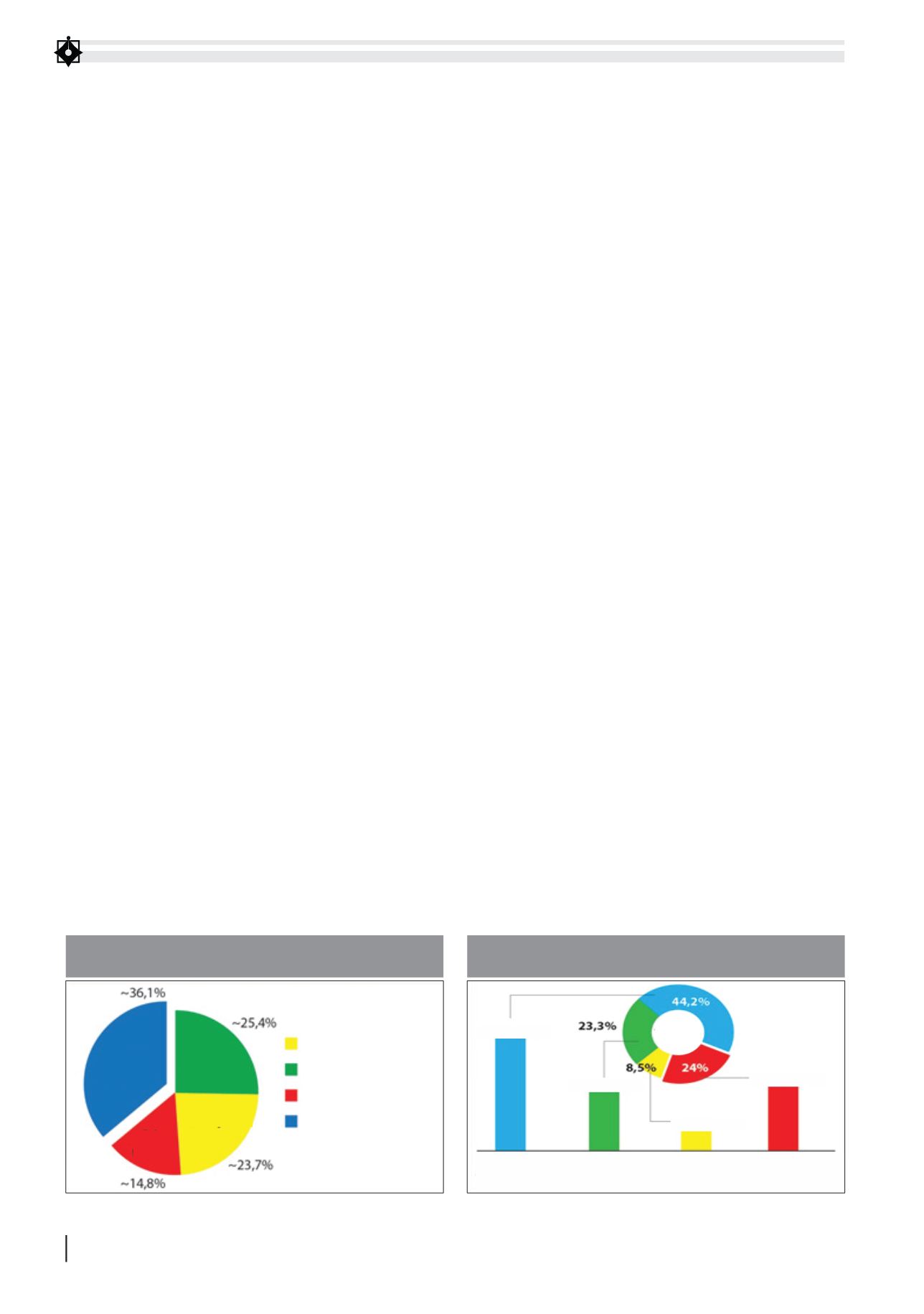
18
2016 and over 72% in 2017.
In addition, with large capital flows from the FDI
sector, the investment capital of the whole society has
continuously increased at high levels in recent years.
Although declining in the second half of 2016, FDI
inflows have rebounded significantly in the first half
of 2017. Meanwhile, the amount of labor employed
by FDI firms in the industrial sector continues to
be maintained with high growth. In contrast, the
number of laborers employed in the non-state sector
has even fallen sharply in the first 6 months of 2017 ...
The practice shows that the domestic economic sector
is becoming weaker compared to the FDI, especially
in the context of that the international integration
process is expanding.
Secondly,
negative impact on the environment.
The marine environment disasters in Ha Tinh,
Quang Binh, Quang Tri and Thua Thien Hue were
formalized by the Formosa Group as a prominent
event of FDI in recent years. Although pollution has
been overcome, expensive lessons have left Vietnam
vulnerable to warnings. Accordingly, the selection
of FDI projects must follow the direction of building
a green economy, reduce greenhouse gas emissions
that increase the temperature of the earth. FDI should
not be attracted to some “classic” industries such
as iron and steel, cement, petrochemical. Instead,
it is necessary to select and invest critical to form a
number of hi-tech industries,modernservices, energy
saving and environmentally friendly. In addition, the
sense of responsibility of heads of provincial and city
People’s Committees and departments should be
promoted when selecting projects and investors on
the basis of local interests and ethnic interests.
Thirdly,
unexpected technology transfer.
It can be affirmed that the effect of new industries
On the other hand, imports of the FDI sector reached
about 126.44 billion US dollars, up 23.4% over the
same period in 2016 and accounted for nearly 59.9%
of import turnover. Overall, the foreign investment
sector surpassed $28.8 billion including crude oil and
$25.9 billion excluding crude oil.
The transformation
of comparative advantage into reality
It is forecasted that in 2018 and the following
years, FDI will continue to flow into Vietnam in
both quantity and quality because Vietnam still has
advantages compared to other countries when the
socio-political situation is stable, the investment
environment is constantly improving, human
resources are plentiful, infrastructure is improving.
... The problem is how to make the comparative
advantage a reality so that the FDI sector contributes
more importantly to the restructuringof theeconomy.
In order to continue attracting FDI in 2018 and the
following years, Vietnam needs to identify lessons
from reality, present solutions to overcome existing
problems and make good use of opportunities.
Existing shorcomings
The contribution of the FDI sector to the socio-
economic situation in Vietnam is undeniable,
however, besides, this capital flow is also posing
some serious problems that need to be seriously
acknowledged. Specially:
Firstly,
the trend of the economy largely depends
on foreign investment.
Vietnam is increasingly dependent on the output
of the FDI sector, especially some large companies.
In 2009, exports of FDI accounted for only 32.9% of
Vietnam’s total exports, the figure rose to 70.2% in
Korea
Japan
Singapore
Other nations
and economies
12.98
9.11
8.49
5.3
GRAPH 2: FDI INVESTMENT IN VIETNAM
BY INVESTMENT PARTNER (BILLION USD)
Source: Foreign Investment Angency (Ministry of Planning and Investment)
15.87
8.37
3.05
8.59
Manufacturing
and processing
industry
Electricity
distribution
Real estate
business
Other
areas
Total
capital
GRAPH 3: LARGEST FDI ATTRATIONS
(BILLION USD)
Source: Ministry of Planning & Investment


